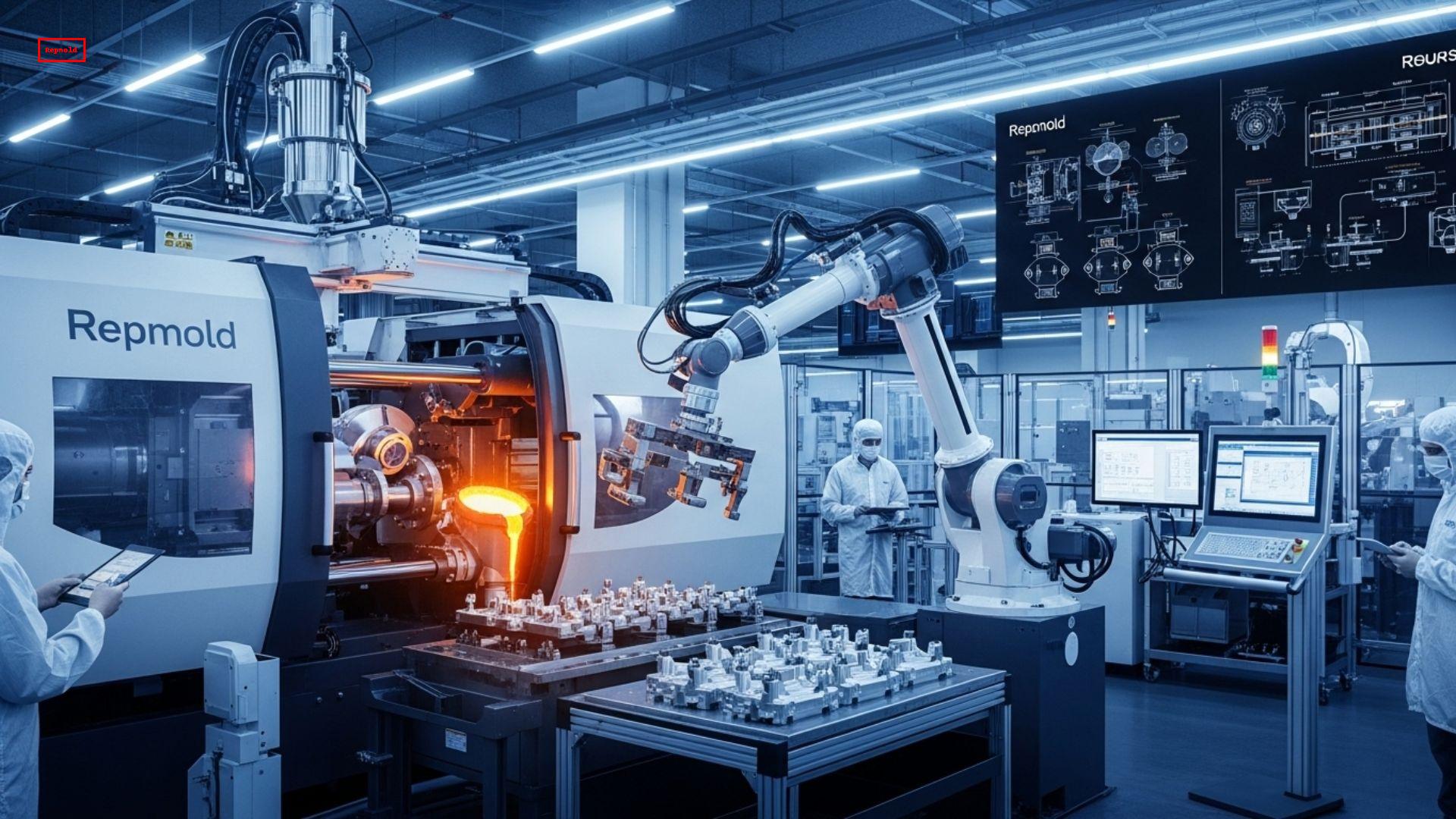In today’s fast-paced technological landscape, new concepts and innovations emerge regularly, offering advancements across various industries. One such term, “Milyom,” has been gaining attention, but many still struggle to understand its core meaning, applications, and potential benefits. In this article, we will delve deep into what Milyom is, how it works, its key advantages, and how it can revolutionize industries.
What Is Milyom?
“Milyom” is a term that has several interpretations depending on the context in which it’s used. While it may sound unfamiliar to many, it is crucial to understand that “Milyom” could represent a particular technology, methodology, or product that holds significant value across various sectors.
In its simplest form, Milyom could refer to a technological breakthrough or solution developed to streamline processes, improve efficiency, or provide new insights in its respective field. To better understand its impact, let’s explore its functioning, key benefits, and areas where it can be most useful.
How Does Milyom Work?
To comprehend the significance of Milyom, it is essential to first understand how it functions. While the specifics of Milyom’s workings will vary depending on whether it’s a product, system, or technology, most variations of Milyom focus on optimizing processes, offering analytical power, or enhancing the performance of operations.
For example, if Milyom refers to a software or tool, it would typically work by processing large amounts of data or providing solutions to complex problems. It could use algorithms, machine learning, or other artificial intelligence techniques to streamline workflows, reduce human error, and generate more accurate outcomes.
ALSO READ: Stormuring: Unlocking the Power of Chaos for Innovation and Growth
In industries like healthcare, Milyom could be integrated with diagnostic systems to provide quicker and more reliable results. In technology, it may optimize computing systems to achieve faster processing and smoother user experiences. The core principle behind Milyom is often to solve problems that existing technologies may struggle with, offering a more efficient, scalable, and effective solution.
What Are the Key Benefits of Milyom?
1. Increased Efficiency
One of the standout benefits of Milyom is its ability to significantly increase efficiency. Whether in manufacturing, software development, or healthcare, Milyom helps streamline processes, eliminating unnecessary steps and reducing time spent on manual tasks. With automation and optimization at its core, Milyom can ensure that operations run smoothly and efficiently, boosting overall productivity.
2. Cost Savings
By improving efficiency and reducing the need for manual intervention, Milyom can help businesses save costs. Automated systems powered by Milyom can handle large volumes of tasks, reducing labor costs, preventing errors, and minimizing the need for expensive resources.
In industries like healthcare, where accurate diagnostics are vital, Milyom can reduce the number of misdiagnoses, thereby cutting down on unnecessary tests and treatments. In manufacturing, it could lead to fewer machine breakdowns and less wastage of raw materials.
3. Enhanced Performance
Milyom’s integration into systems often leads to enhanced overall performance. Whether in software development or any other field, its application can result in faster response times, more accurate data processing, and reduced downtime. In the technology sector, for instance, Milyom-powered systems could make devices work more efficiently and optimize energy consumption.
4. Scalability
Another key benefit is scalability. Milyom allows systems to be easily scaled up or down depending on the needs of an organization. Whether you are a small startup or a large enterprise, Milyom’s adaptable solutions can grow with your needs, ensuring that you’re always equipped with the tools necessary to succeed.
5. Innovation
Milyom often pushes boundaries and enables innovation. Its implementation could lead to new methods, products, or services that weren’t possible before. In technology, this could mean the development of more intuitive user interfaces, while in healthcare, it could mean discovering faster and more accurate diagnostic methods.
What Industries Can Benefit from Milyom?
1. Technology
In the tech industry, Milyom can be used to enhance hardware and software systems. Whether it’s in cloud computing, data storage, or artificial intelligence, Milyom can help companies improve their infrastructure, offering more efficient solutions to their customers. It could be incorporated into software tools to analyze big data, improve cybersecurity measures, or streamline communication networks.
2. Healthcare
Milyom’s impact on healthcare cannot be overstated. Imagine a system that can analyze patient data in real time, providing doctors with accurate insights and recommendations. This can speed up diagnoses, reduce errors, and ultimately save lives. Additionally, Milyom could aid in drug discovery by processing complex biological data, identifying potential drug candidates, and streamlining the clinical trial process.
3. Manufacturing
In manufacturing, efficiency is key, and Milyom could play a major role in ensuring that systems run smoothly. By using Milyom’s automation capabilities, manufacturers can optimize their production lines, reduce waste, and improve the quality of their products. Predictive maintenance powered by Milyom could also help prevent costly downtime by detecting issues before they lead to machine breakdowns.
4. Education
In education, Milyom can revolutionize the way institutions manage information, deliver lessons, and assess students. By automating administrative tasks and providing data-driven insights, educational institutions can focus more on teaching and less on operational inefficiencies. Milyom could also enable more personalized learning experiences, tailoring content to individual students’ needs.
5. Finance
The finance industry could greatly benefit from Milyom’s ability to process vast amounts of data quickly. By using Milyom-powered systems, financial institutions can make more informed decisions, offer personalized services to clients, and improve fraud detection. Additionally, Milyom’s predictive capabilities can help financial institutions anticipate market trends and make proactive moves.
How Is Milyom Different from Other [Similar Terms]?
While Milyom shares some similarities with other technologies or solutions, it is distinct in its ability to address specific challenges that other solutions may not handle as effectively. For example, traditional software solutions often require constant human oversight and are limited by manual input. Milyom, on the other hand, uses advanced automation, reducing human error and allowing systems to operate autonomously for long periods.
Another differentiating factor is its adaptability. Many existing solutions are rigid and do not scale well with business growth. Milyom, however, is highly scalable, offering solutions that grow with the organization’s needs without compromising performance.
Is Milyom Worth It for [Specific Use Case]?
In assessing whether Milyom is worth adopting for a particular use case, it’s important to consider the costs and benefits. In many cases, the initial investment in Milyom-powered systems is outweighed by the long-term gains. For example, in healthcare, Milyom’s ability to improve diagnostic accuracy can reduce the number of unnecessary tests, saving money in the long run.
In manufacturing, Milyom’s predictive maintenance feature could prevent costly downtime and improve overall product quality, leading to a more efficient and profitable operation. Similarly, tech companies that integrate Milyom could benefit from faster systems, better security, and more effective data management, all contributing to a better customer experience.
Case Study: How Milyom Improved [Real-Life Example]
Let’s consider a manufacturing company that implemented Milyom’s predictive maintenance system. Before the integration, the company faced frequent machine breakdowns, resulting in significant downtime and lost revenue. After adopting Milyom, the system was able to detect early warning signs of malfunction, preventing breakdowns before they happened. This resulted in a 30% increase in operational efficiency and a 20% reduction in maintenance costs.
The success of this case highlights Milyom’s ability to bring tangible improvements to businesses, particularly in industries reliant on heavy machinery and automated systems.
Frequently Asked Questions About Milyom
1. What industries use Milyom?
Milyom is used across various industries, including healthcare, technology, manufacturing, education, and finance, to improve efficiency, reduce costs, and enhance performance.
2. How does Milyom improve business operations?
Milyom optimizes processes through automation, reducing manual intervention and human error. It also increases scalability, allowing businesses to grow without compromising performance.
3. Is Milyom cost-effective?
Yes, while the initial investment may be significant, Milyom offers long-term cost savings through improved efficiency, reduced downtime, and optimized resource allocation.
4. What makes Milyom unique?
Milyom stands out for its scalability, automation, and adaptability, offering solutions that grow with a business and handle complex challenges more effectively than traditional systems.
In conclusion, Milyom is a transformative concept that can bring substantial improvements to various industries. Its ability to enhance efficiency, reduce costs, and provide innovative solutions makes it a powerful tool for businesses looking to stay ahead in an increasingly competitive world. Whether you are in healthcare, manufacturing, finance, or any other sector, Milyom could provide the edge you need to optimize your operations and achieve long-term success.
ALSO READ: The Messy Beauty of Digital Transformation: A Deep Dive into DigitalConnectMag.com



